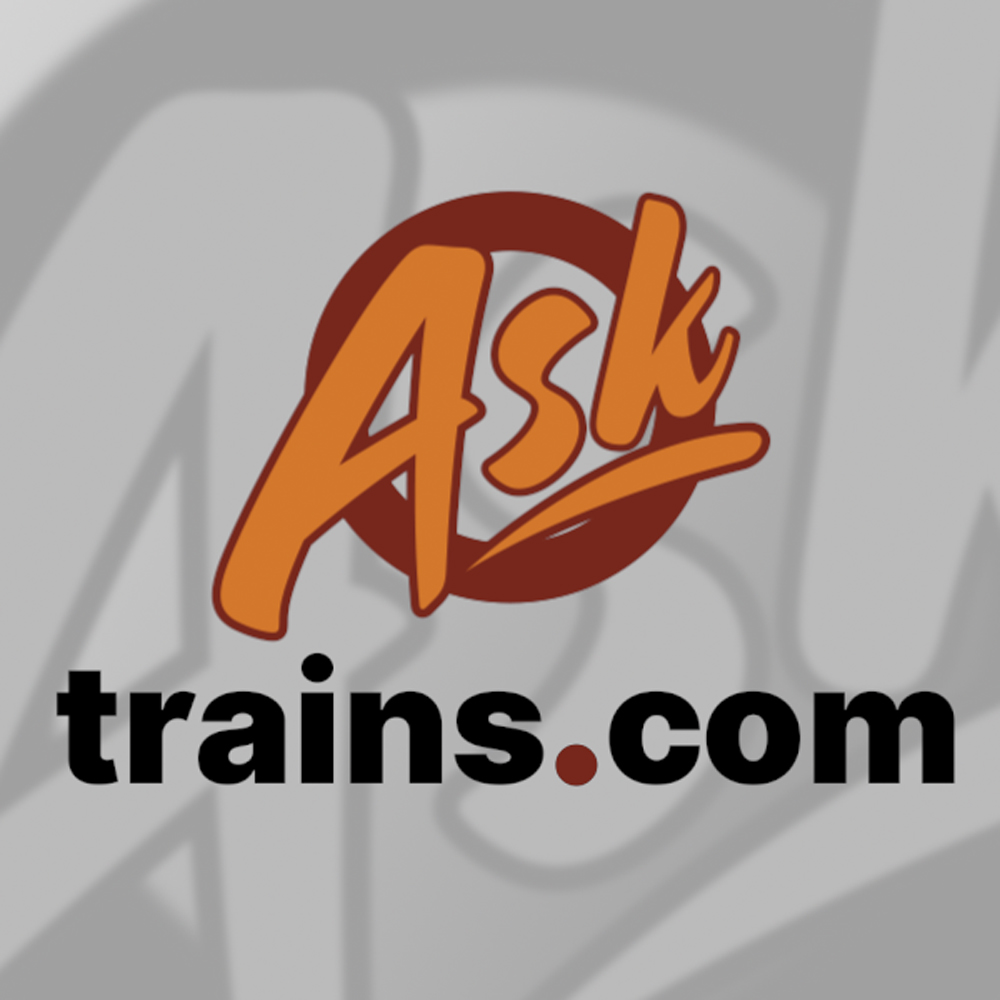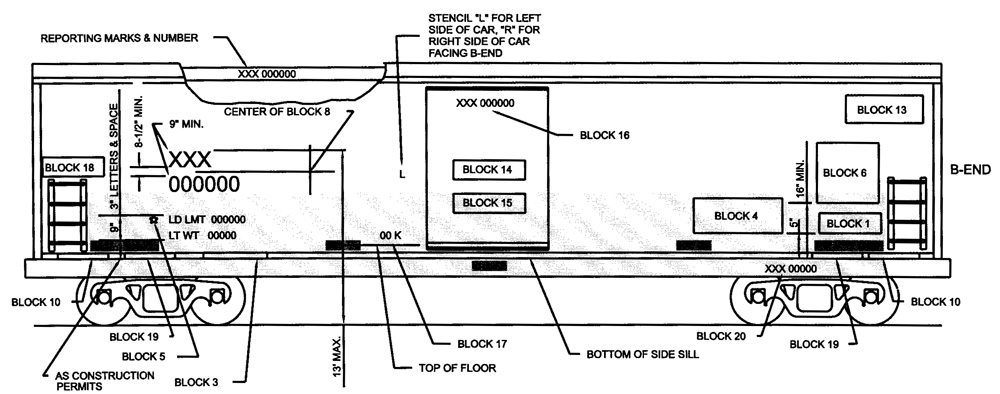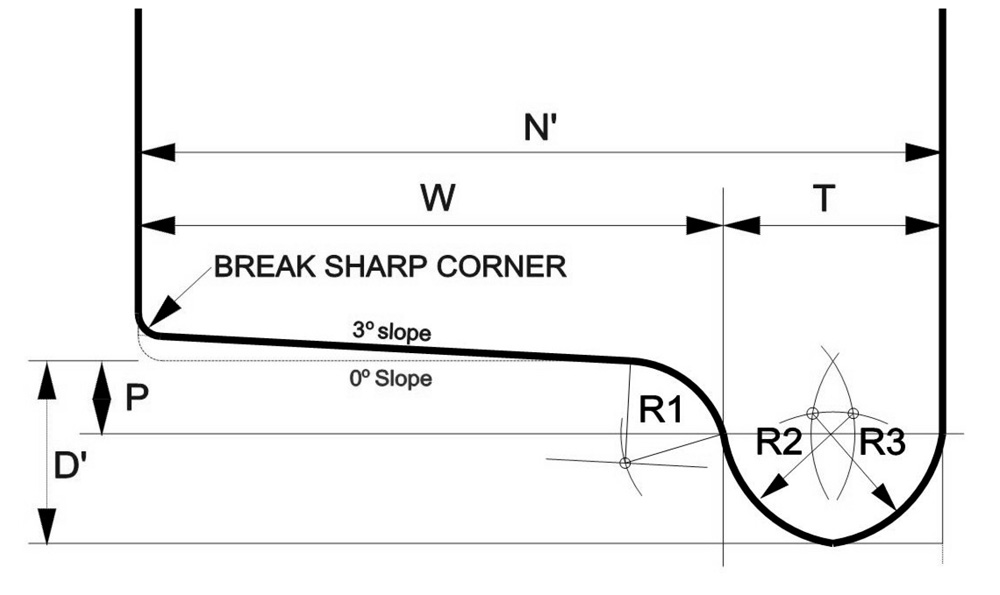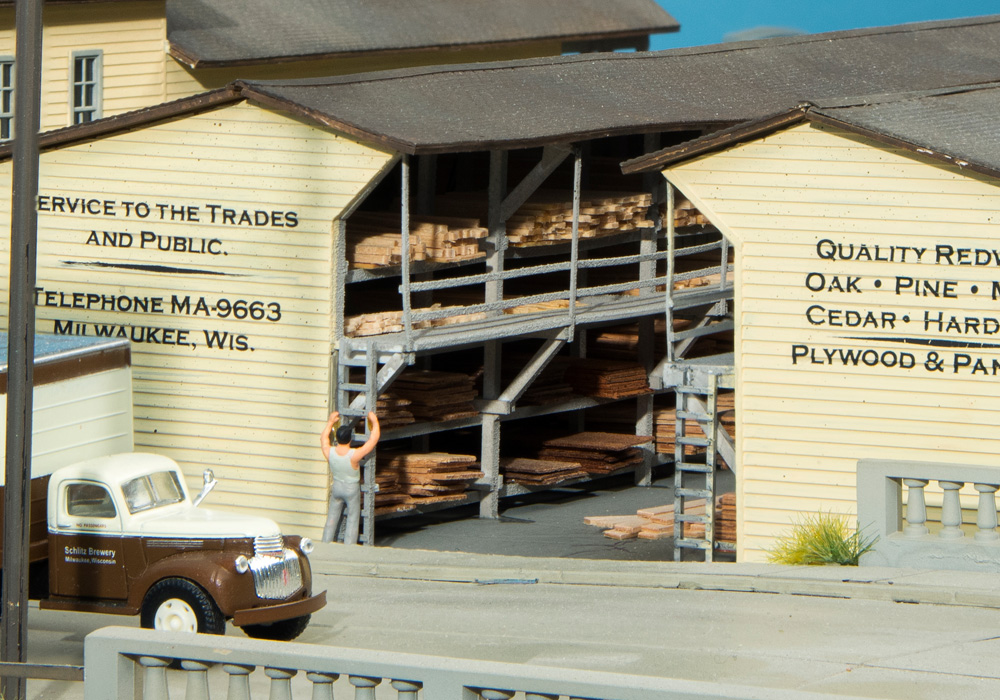
Ted Zieger says that he has two steam engines, a 4-6-0 and a 4-4-0, that the front wheelsets like to derail very easily in switches. The front wheelsets are free floating, and he needs ideas to fix them. Cody Grivno offers a solution. […]
Read More…

David Short from Minneapolis wants to know about the added benefits of modifications on UP980350MW. Cody Grivno and Steve Sweeney are ready to offer their two cents. […]
Read More…

Larry Johnson asked if in the US, do passenger trains or freight trains have priority? Cody Grivno and Steve Sweeney have an answer. […]
Read More…

Q: In the sidebar “Building consists” on page 39 of the April 2021 issue [add link to digital issue here], the author refers to a “mobile decoder.” What is that, and how does it reinforce something called a DCC track bus? I’m new to DCC and unfamiliar with both of those terms. – Dave Smith, […]
Read More…

Q: I’m interested in correctly applying consolidated stencils to rail cars existing in 1972 when consolidated stencils were introduced. Please describe the parameters of the area on a rail car within which the consolidated stencil must be located. This is possibly described in AAR Field Guide, Rule 80. – Chris Roehl A: Hi, Chris. You’re right; the […]
Read More…

Walt Hughes from Cincinnati, Ohio, always used the side rails (or lack of them) to tell the difference between an SW7 and an SW1500. Now he’s not sure if that’s the best method, and wants to know is SW7s and SW1500s come both ways. Cody Grivno is here to help! […]
Read More…

Wayne Meeds wants to know where they can information on how to install a Tortoise switch machine with limited clearance under the roadbed. Cody Grivno is here to help out. […]
Read More…

Brandon Muir from Canada wonders why locomotives in North America often have four digit numbers, and if the same number would be used in more than one railroad. Cody Grivno, Group Technical Editor, is here to explain. […]
Read More…

David King from Australia wants to model Burlington Northern and BNSF, but most of the models are on back-order. Group Technical Editor Cody Grivno is here to explain why that might be. […]
Read More…

Q: I have an N scale Model Power 4-6-2 steam engine whose tender derails on my Atlas code 55 turnouts. Though the major problem was related to the drawbar, I also found that the tender’s wheel flanges were bottoming out through the frog’s shallow flangeways. I thought when I bought the engine many years ago that […]
Read More…

Q: I’ve heard about a freight train the Atchison, Topeka & Santa Fe operated in the early 1970s and earlier in California called the NCX. The few references I’ve seen indicate it was a hotshot intermodal train. This train sounds interesting, especially since it ran at the same time as the famous Santa Fe Super […]
Read More…

Q: My layout will have four lumber mills and a planing mill. Where do I get real HO scale lumber and plywood to detail them? Also, do I use covered hoppers to haul sawdust, and where can I get sawdust that doesn’t have oil or grease in it? – Russell C. Brenchley A: Scale lumber, […]
Read More…






